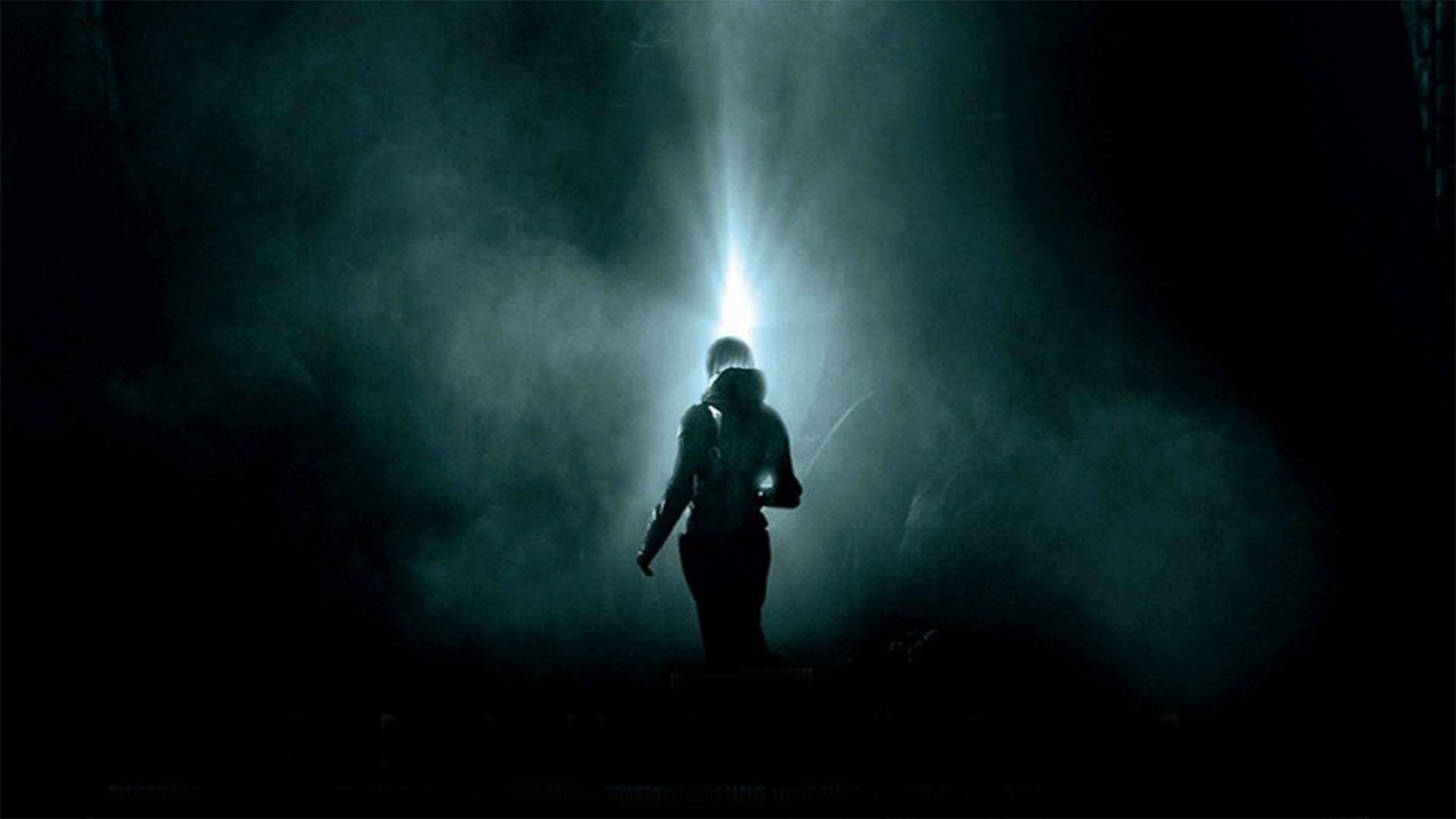Create a free profile to get unlimited access to exclusive videos, sweepstakes, and more!
Could Engineers have created life on Earth? The science behind 'Prometheus'
Are we really all interstellar stowaways?

For as long as we've been smart enough to ask questions and consider our existence, we've wondered where we came from. The discovery of evolution by natural selection got us part of the way to an answer when it explained how life changes over time, but it can't address the origin of life itself.
For now, the only answers we have to that ultimate question come in the form of our fiction. In the 2012 science fiction horror film Prometheus, directed by Ridley Scott, the crew of the titular ship sets sail across the cosmic seas to the alien moon LV-223 in search of humanity's origins.
There, they find the remains of an alien species known as the Engineers who seeded human life in the distant past. The trip succeeds in finding humanity's beginnings but may also have set in motion the events that will end our species. The notion of life on Earth being seeded from elsewhere in the cosmos may sound like the stuff of science fiction but is there any merit to the idea? Let's start at the beginning, as it were.
ABIOGENESIS
There are, broadly speaking, two leading hypotheses about the origin of life. The first is that of abiogenesis (modern Latin for spontaneous generation), which is the process by which life could have arisen from prior non-living matter.
There's no question that our bodies are made and sustained by complex chemical processes, but there's something innately different about even a simple single-celled organism and a non-living molecule — to say nothing of more complex multicellular life. Both things are chemistry at work, but one is significantly more complicated and a lot more difficult to wrap our heads around.
The central idea behind abiogenesis is that chemical systems growing more complex over time might eventually become able to use energy to do work and make things, even copies of themselves. A molecule, however simple, that could use energy, move through its environment, and reproduce itself meets most widely accepted definitions of life. How that paradigm shift from non-life to life might have happened remains an open question.
Some evidence in support of abiogenesis is the knowledge that the needed components of life were present on the early Earth.
In 1952, Stanley Miller and Harold Urey carried out what would become famously known as the Miller-Urey experiment. They attempted to recreate the conditions of the early Earth to find out if the chemical precursors of life could arise in that environment.
To simulate the environment of a primordial Earth, they added methane, ammonia, and hydrogen to water, then gave it a spark to simulate energy from a lightning strike. Their later observations confirmed the presence of amino acids and nucleobases, providing further evidence that the conditions of the early Earth could have been suitable for the spontaneous emergence of life. Later experiments repeating the process also found that minerals from the glass beakers themselves might have facilitated the reactions and that those minerals would have been present in rocks and available for early chemistry. In short, all of the necessary ingredients were present, the only question is whether or not they found a way to put themselves together in the right way. To date, we're still not sure. Of course, a different origin is also possible.
PANSPERMIA
Now we come to the second hypothesis regarding the origin of life on Earth, the one which set the basis for Prometheus. It's possible that life didn't arise on Earth at all but was instead delivered to our planet from elsewhere. To be clear, the hypothesis doesn't necessarily require that some alien intelligence was responsible for that delivery — chance rather than the deliberate actions of Engineers could do the trick.
Essentially, there's evidence that some of the same processes that may have happened on the early Earth (abiogenesis), might in fact be happening in interplanetary space. In fact, some research suggests that space might be a better place to build biomolecules than the environment Miller and Urey replicated in their experiment. The molecular clouds where stars and planets are born might also be building peptides and other organic molecules.
The more we look at our universe, the more we find that chemistry apparently wants to organize itself in ways which have the potential to lead to life. To date, of course, we've only found life in one place and you're looking at it. It doesn't seem that far a stretch, however, that once life arises in one place it might spread at least to its nearby neighbors. It might not be unreasonable to wonder if the life you see all around you actually got its start on Mars or one of Jupiter's moons and made its way to Earth via a celestial delivery from an asteroid impact.
Such a trip wouldn't be the most comfortable, but experiments have shown that some microbes do just fine in the vacuum of space even for extended periods of time. In fact, microbes exposed to space for several years outside the International Space Station survived just fine.
Surviving expulsion from their home world and the fiery re-entry to Earth might be a different story but if there's one thing we've learned it's that life wants to keep living. If it's possible, it… uh… finds a way. Either way, it all boils down to the same thing. Panspermia just kicks the biological can down the road a ways. Life still had to emerge from non-life somewhere. Maybe one day we'll figure out how it happened.




























